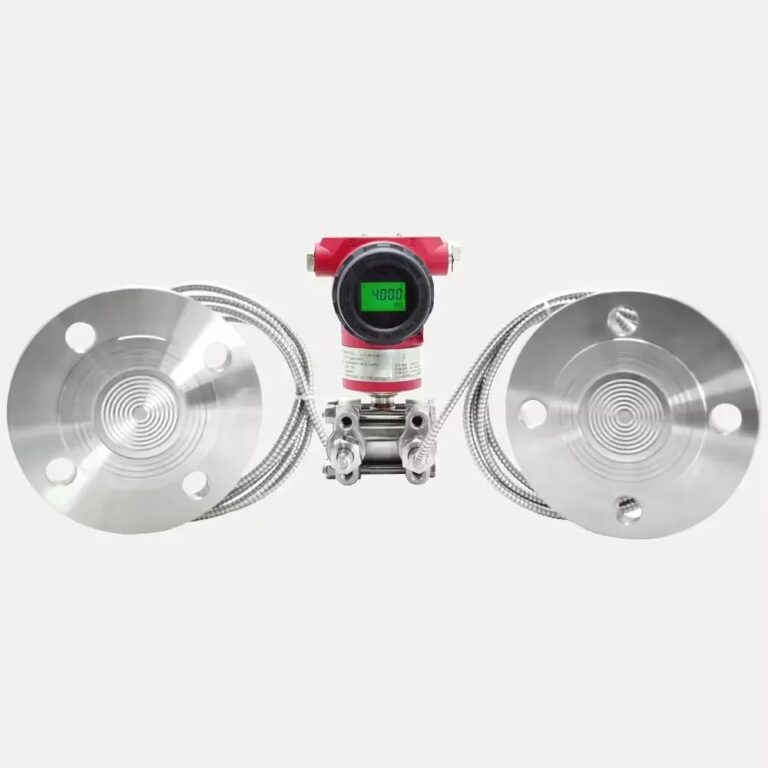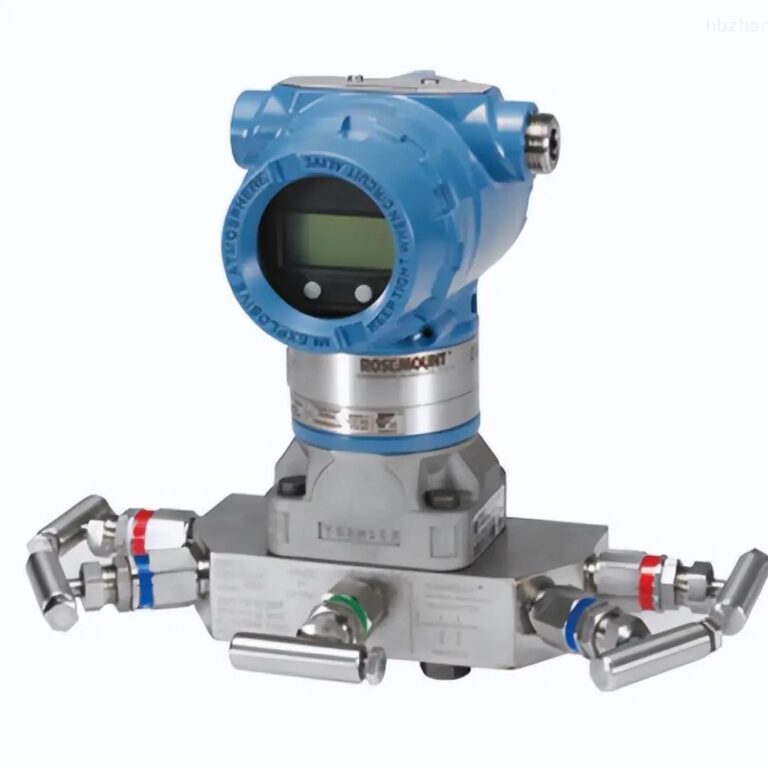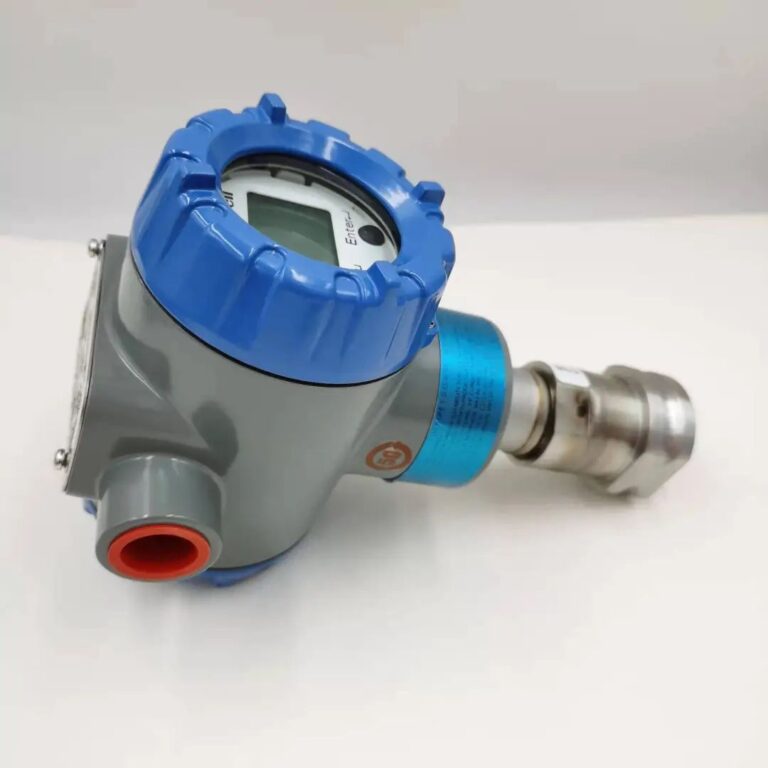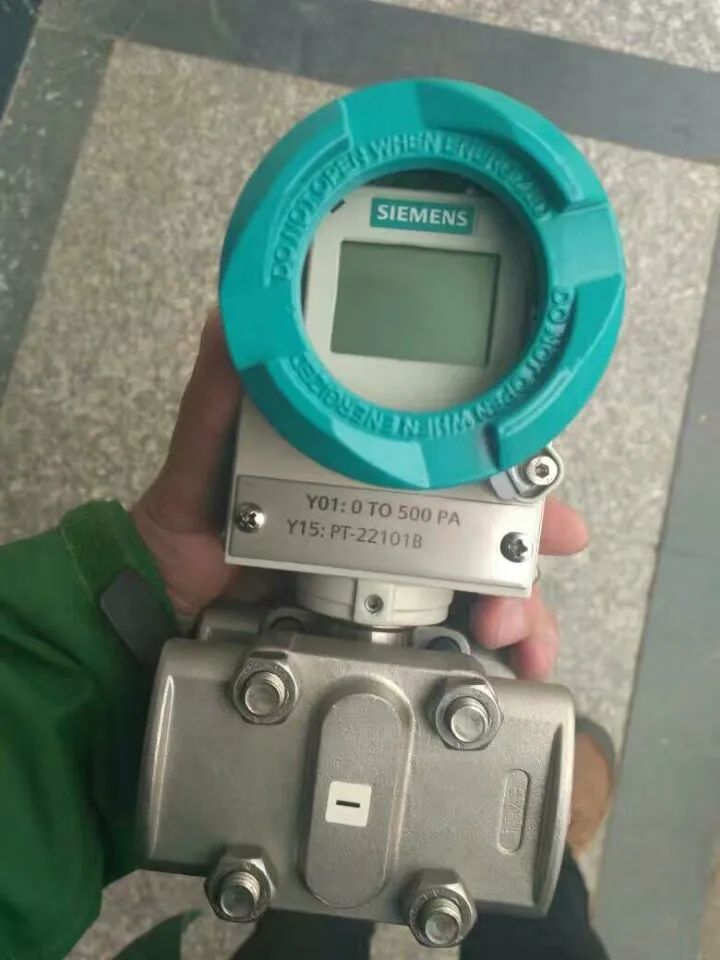In industrial operations, it is not uncommon to encounter a differential pressure (DP) flowmeter that shows no indication, even when other systems are functioning normally. This article uses two real-world case studies to analyze the issue and provides a comprehensive troubleshooting guide for maintenance personnel and instrumentation engineers.
1. Case Study Analysis
1.1 No Indication After Restart – Xylene Feeding Flow
After maintenance and restart at an aromatic hydrocarbon processing unit, the feeding flow of ortho-xylene to the oxidation reactor showed no indication on the DP flowmeter. Instrument technicians thoroughly checked the differential pressure transmitter and orifice plate measurement system but found no abnormalities. Interestingly, the reading appeared briefly after draining the transmitter’s impulse lines, but then dropped to zero again. Meanwhile, a rotor flowmeter measuring the same flow showed stable readings, and temperature measurements confirmed material was entering the reactor.
Diagnosis:
A detailed inspection of the orifice plate measurement system ruled out instrumentation faults. The team then suspected the process material and collected a sample from the impulse line. Visual inspection showed obvious stratification. Laboratory analysis confirmed the ortho-xylene feedstock contained an excessive amount of water—about 30%. The significant density difference between xylene and water (~100 g/L), combined with the long impulse line (~4 meters), resulted in a natural static head that offset the pressure drop across the orifice. This effectively nullified the differential pressure, causing the transmitter to output a near-zero signal.
Resolution:
The operations team was informed to address the water content in the raw material. After purification, the flowmeter functioned normally.

1.2 No Indication in Fluidized Bed Water Injection
Operators reported no indication from the DP flowmeter used for measuring make-up water flow to a fluidized bed gas header. However, system behavior (pressure and temperature changes) implied that flow was present.
Diagnosis:
Instrument technicians first drained the impulse chambers of the DP transmitter. They observed a normal output on the negative pressure side, but little to no output after draining the positive side, indicating possible blockage. They proceeded with step-by-step line inspection using compressed air:
No blockage between the transmitter flange and the three-valve manifold
No blockage between the manifold and the orifice tap
Eventually, the blockage was located inside the orifice’s primary shut-off valve or ring chamber. Since the valve was a needle-type valve, it couldn’t be cleared via backflush. A temporary shutdown was scheduled to replace it with a ball valve.
Resolution:
The blocked needle valve was replaced with a ball valve. The system resumed normal operation. It was recommended that water service orifice tappings use ball valves to facilitate future maintenance.

2. Common Causes of No Flow Indication
A DP transmitter reading the minimum value (~4 mA) generally indicates no measurable differential pressure. Common causes include:
| Category | Cause |
|---|---|
| Installation/Hardware | Impulse line blockage, sampling valve not opened, poor drainage of steam condensate, vent valve not closed, or transmitter damage |
| Power Supply | Power interruption, blown fuse, or broken wiring |
| Signal Line | Loose or corroded terminals, signal short/open circuit |
| Configuration | Incorrect transmitter range or fixed 4 mA output setting |
| Process Conditions | No actual flow in the process line |

3. Step-by-Step Troubleshooting Guide
3.1 Check Instrument Power and Display
Observe whether the field display or controller shows a value.
If LCD is off or below zero, check the power supply and fuse.
Use a multimeter to verify the 24VDC power supply at the DCS card and transmitter terminals.
Normal voltage range: 18–23VDC.
0V reading may indicate an open loop or short circuit.
3.2 Inspect Signal Loop
If no current (4–20 mA), inspect signal cables for disconnection or oxidation.
Use a multimeter to check current output by temporarily breaking the loop.
3.3 Analyze Process Conditions
Confirm the process line should have flow (e.g., by checking temperature, level, or pressure trends).
Try simulating a differential pressure by momentarily opening and closing the drain valve on the negative impulse line to trigger pressure change.
3.4 Verify Transmitter Configuration
For newly installed smart transmitters, confirm that the configured range and parameters are appropriate.
Ensure the transmitter is not set to a fixed 4 mA output mode.
3.5 Inspect Impulse Lines and Valves
Confirm sampling valve is open and drain valves are closed.
Check for possible leaks in the high-pressure side of the impulse line.
If using needle valves, consider upgrading to ball valves for easier maintenance.

4. Final Recommendations
Always consider both instrument and process-related causes when diagnosing flow indication failures.
When unusual process fluids (e.g., mixed-phase or density-stratified materials) are involved, validate assumptions with sample analysis.
Standardize valve types in water and steam services to improve long-term reliability and maintenance efficiency.
